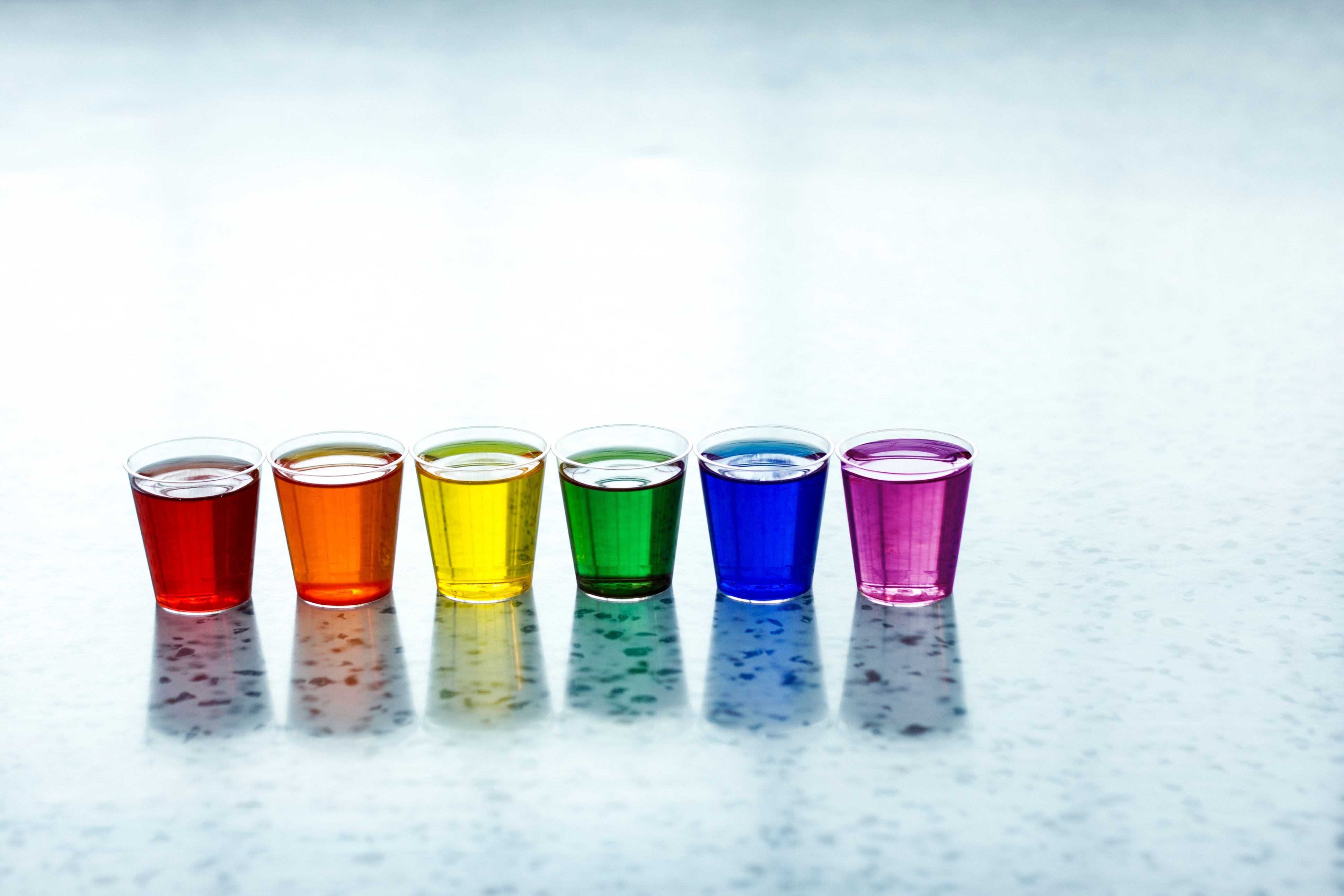REPLACING FLUIDS IN HEAT TRANSFERS
The fluids in heat transfers are crucial to many of its processes. Ensuring the safe, ongoing operation of these systems depend to a great extent on the fluid, during the regular operation and particularly during the systems startups and shutdowns. To ensure a smooth shutdown every time, as well as a reliable startup without damage, follow these guidelines.
Fluids in Heat Transfers, the Samples and Analysis
 Fluid samples should always be sent to qualified laboratories, which specialize in analyzing the fluids in heat transfers. It is advisable to take samples both after draining and filling a system to provide constant monitoring for the fluid of the heat transfer system. A quick-disconnect valve can speed up the unloading and loading process.
Fluid samples should always be sent to qualified laboratories, which specialize in analyzing the fluids in heat transfers. It is advisable to take samples both after draining and filling a system to provide constant monitoring for the fluid of the heat transfer system. A quick-disconnect valve can speed up the unloading and loading process. Fluid Flow Characteristics
Within a heating system, as the heater and pump are turned to on, the fluid’s velocity increases and in turn, the viscosity will decrease. The change in viscosity and velocity produces an increase in the Reynolds number. When a Reynolds number exceeds 2000, the fluid’s flow is recognized as turbulent.
During startups, the laminar to turbulent flow is crucial due to the laminar flow’s layered characteristics. Remember we stated that when laminar flow takes place, the fluid within the pipe’s center flows faster than that of the side fluids. Those outside fluids form a stagnant, protective layer adjacent to the walls of that pipe. When too quickly heated, the heat transfer is inhibited and the bulk film temperatures of the fluid are exceeded, which causes sludge and carbon buildup and additionally, thermal cracking.
Turbulent flow of the fluids in heat transfers permit superior transfer of heat, as well as the optimum thermal efficiency adjacent to the pipe’s wall. In line with this rationale, the ultimate consideration at startup of the system is to start fluid circulation prior to raising system temperatures too quickly.
Industrial Procedures for Startup of a Heat Transfer System
Step #1 System Flush:
To accomplish a required flush of the fluids in heat transfers, fill the system to 80% capacity with the flushing fluid. See below for the fill instructions, and then run at 204°C or 400°F for an eight-hour period. It is critical to utilize the right flushing fluid in your system, whether that system is setup for synthetic or hot oil, your supplier can assist in choosing the right flushing fluid for the system you are flushing. Then, flush the fluid and proceed to Step #2.
Step #2 System Fill:
Charge the systemthrough system low points with fluids in heat transfers. The principle objective in startup of the system should be removing additional trapped light-end (fluids that have a lower boiling point than that of fluids in heat transfers) fluids or moisture. To remove residues, during startup run the fluids through the system expansion tank. Light-ends or moisture escaping could cause a spike in the system pressure or small puffs of steam or vapor as it leaves the vent from the expansion tank.
Step #3 System Start:
Always start the pump before turning on the heater, this ensures fluid circulation and a turbulent fluid flow prior to heating. At the onset of fluid circulation, follow these steps to bring up the system to desired temperature for operation:
Ø Increase heat at the rate of 1° Fahrenheit or less per minute up to 200°F or 930°C. For one cycle.
Ø Increase heat at the rate of 1° Fahrenheit or less per minute up to 230°F or 110°C. For one cycle.
Ø Increase heat at the rate of 1° Fahrenheit or less per minute up to 260°F or 127°C. For one cycle.
Ø Increase heat at the rate of 1° Fahrenheit or less per minute up to 300°F or 149°C. For one cycle.
Ø Increase the heat at the rate of 50° Fahrenheit per minute until desired operation temperature is attained for one cycle under close observation.
NOTE:
Ensure that you allow a full cycle for each step before moving on. One complete cycle is determined by pump output and the system’s total volume. When excessive amounts of vapor are generated at a specific temperature, continue at that temperature until vapor venting declines. Since water’s boiling point is 212°F or 100°C, this is where you can expect the heaviest venting to occur and the temperatures in step #two should be slowly increased until it has passed 212°F or 100°C, that will permit excess moisture to vent.
